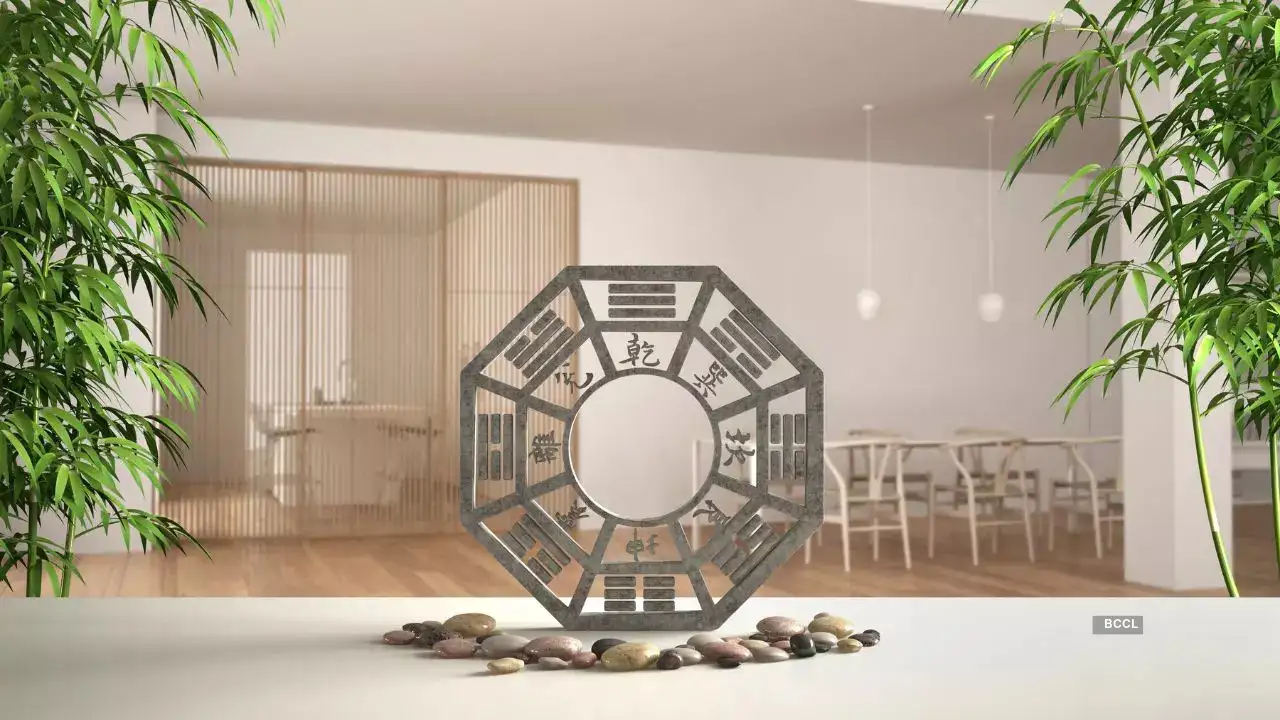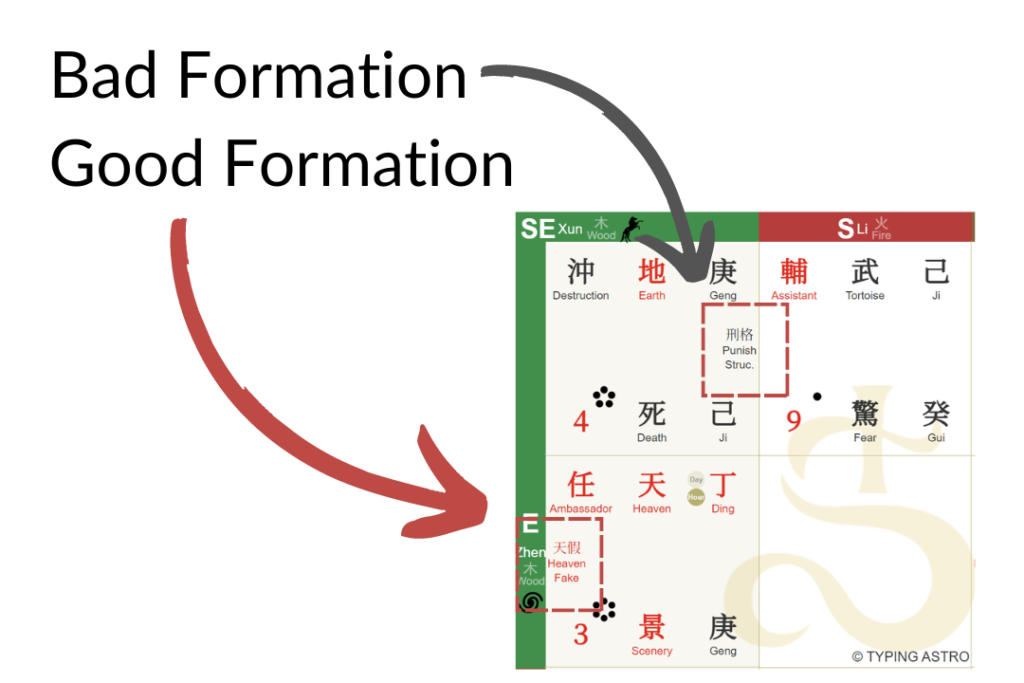Feng Shui 2.0: Redesign Your Home’s Energy Flow with Qimen Dunjia Tech
In an age where smart homes and AI-driven design dominate, the ancient art of feng shui is undergoing a revolutionary upgrade. Welcome to Modern feng shui—a fusion of 2,000-year-old Chinese metaphysics and cutting-edge technology, led by Qimen Dunjia tech and AR energy scans. No longer confined to vague principles of "good energy," today’s feng shui is a data-driven science that lets you map, analyze, and optimize your home’s energy flow with precision. Let’s dive into how these innovations are transforming living spaces into havens of balance, productivity, and prosperity.
The Evolution of Feng Shui: From Intuition to Algorithm
Traditional feng shui, rooted in the balance of qi (energy), has always been about harmonizing space and time. But Qimen Dunjia—one of the "Three Mysteries" of Chinese metaphysics—takes this a step further. This ancient divination system uses a 9x9 grid to model the interplay of celestial time (tianpan), earthly space (dipan), and human affairs (renpan). Now, paired with machine learning and AR, it’s become the backbone of Qimen home design—a methodology that translates cosmic patterns into actionable blueprints for your living space.

1. Qimen Dunjia Tech: The Algorithm Behind the Energy Grid
Gone are the days of manual calculations. Modern platforms like QiFlow and EduQi use proprietary Qimen Dunjia algorithms to analyze your home’s floor plan, birth date (for personalized energy mapping), and even local topography. The system generates a "Time-Space Energy Report" that highlights:
- Fortune sectors: Areas aligned with auspicious celestial cycles for wealth, health, or career growth.
- Conflict zones: Spaces where sha qi (hostile energy) may stagnate, based on the day’s Qimen configuration.
- Optimal placements: Recommendations for furniture, decor, or even color schemes that activate positive energy flows.
For example, a New York entrepreneur used a Qimen-powered app to redesign her home office. By shifting her desk to the "Heavenly Horse" sector (associated with momentum) and adding water elements (to amplify career luck), she saw a 40% surge in client conversions within three months.
AR Energy Scan: Visualize Your Home’s Hidden Potential
The next frontier of Modern feng shui is AR energy scan—a tool that turns your smartphone into a window into the invisible. Using augmented reality, these apps overlay Qimen grids onto your space, highlighting energy hotspots in real time:
- Color-coded heatmaps: Green zones indicate balanced qi, red signals stagnation, and gold marks rare "lucky gates" that align with celestial timing.
- Interactive 3D models: Drag-and-drop furniture to see how rearrangements affect energy flow before lifting a single chair.
- Real-time feedback: As you adjust decor (e.g., adding a crystal to a corner), the app shows instant changes in your home’s energy score.
Tech startup AuraSpace recently launched an AR feature that even accounts for electromagnetic fields (EMFs) from devices, merging traditional feng shui with modern environmental factors. "Our users report better sleep, focus, and mood within weeks of optimizing their space with the scan," says CEO Dr. Li Wei.

Redesigning Your Home: A Step-by-Step Guide with Qimen Dunjia Tech
1. Start with a Personalized Energy Audit
Use an AR energy scan app to map your home’s current qi flow. Pay attention to high-traffic areas like the living room (social energy) and bedroom (restorative energy). Note any sectors that feel "stuck" (e.g., cluttered corners, sharp furniture angles, or dead-end hallways).
2. Activate Qimen-Aligned Design Principles
- Time-based adjustments: Qimen changes daily, so schedule renovations or decor updates during favorable cycles. For example, install a wealth altar in the southeast sector during a "Heavenly Wealth Star" transit.
- Elemental balance: Use the Five Elements (Wood, Fire, Earth, Metal, Water) to harmonize conflict zones. A metal windchime can soften sharp sha qi in a corner, while a water feature boosts creativity in a home office.
- Smart integrations: Pair Qimen recommendations with smart home tech—program LED lights to glow in "Wood Element green" when you enter a productivity zone, or set a smart diffuser to release citrus scents (Fire Element) in the kitchen at auspicious times.

3. Test and Iterate with AR
Before committing to permanent changes, use your AR energy scan to simulate different layouts. Move a bookshelf to block a negative energy path, add a mirror to reflect qi into a dark room, or experiment with plant placements (Wood Element) to revitalize a stale corner. The app’s real-time feedback ensures every tweak is data-backed, not just decorative.
The Future of Living: Where Tradition Meets Tech
Qimen home design and AR energy scans aren’t just trends—they’re a paradigm shift in how we relate to our spaces. By honoring ancient wisdom while embracing modern tools, Modern feng shui empowers you to craft a home that doesn’t just look good but feels aligned with your goals and energy. Whether you’re a busy professional seeking focus, a family aiming for harmony, or an entrepreneur chasing success, your living space can now be a strategic ally, not just a backdrop.
Ready to Upgrade Your Home’s Energy?
Start small: Download an AR energy scan app, map your primary living areas, and make one Qimen-aligned change this week—maybe rearrange your nightstand to face a "lucky direction" or add a crystal to a stagnant corner. Watch how subtle shifts in energy flow translate to tangible improvements in your daily life.
The future of feng shui isn’t about following rules—it’s about co-creating a space where technology amplifies tradition, and your home becomes a sanctuary of purpose and possibility.
Discover how Modern feng shui and Qimen Dunjia tech can transform your living space. Try an AR energy scan today and unlock the hidden potential of your home!
#ModernFengShui #QimenHomeDesign #AREnergyScan